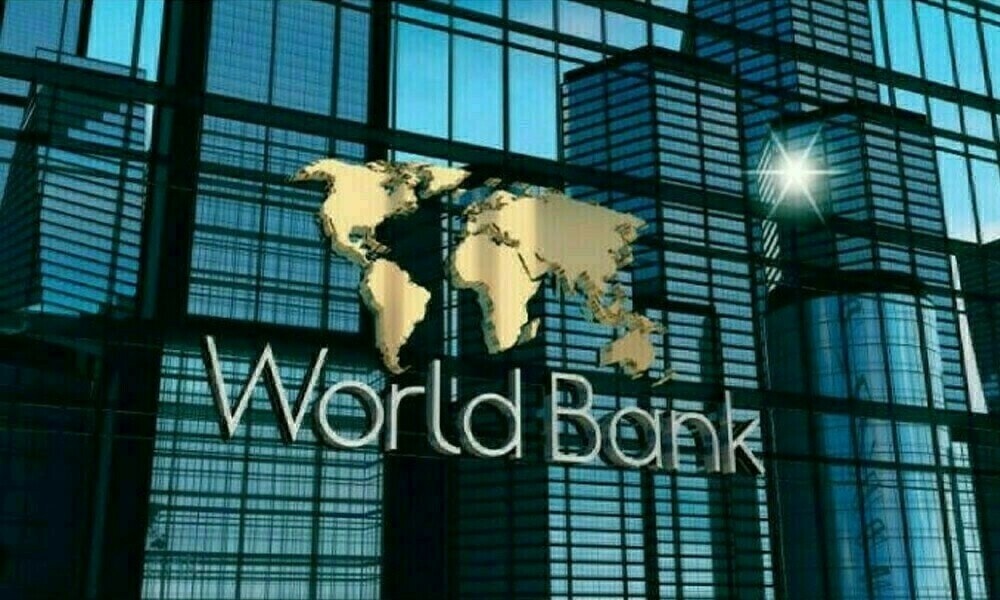ISLAMABAD: Pakistan’s Duty Drawback of Taxes (DDT) scheme had a small positive impact on aggregate textile exports, which masks substantial reallocation across products and induced an increase in exports of products eligible for the highest rebate rates at the expense of non-eligible, and of lower-rebate rate products, says the World Bank.
The bank in its “Industrial Policy under Constraints: Evidence from Pakistan’s Export Subsidy Schemes” report, stated that the scheme induced an increase in strategic misreporting at the border for non-eligible products.
For each $1 spent on the DDT schemes, only $1.1 were generated as additional exports, the bank added.
Business & investment: Shift to higher tariffs restricts exports growth for Pakistan: WB
The scheme is considered a key export promotion policy adopted by the Pakistani government for the textile sector, which accounts for 55 percent of total exports.
Prior to 2010, the subsidy scheme was implemented intermittently, with extremely limited budget allocations and frequent interruptions in disbursements.
At the end of 2014, the government launched a trade policy aimed at boosting textile exports, which involved a substantial increase in the budget allocated to the scheme. Over the period 2017-2020, funds allocated to the scheme reached about one percent of the total federal budget. The scheme targeted specific products and adopted heterogeneous rebate rates across eligible products, the bank added.
Analysis of exporters’ transactions data reveals that the effects are partially explained by a shift in exporters composition, as entrants are less likely to be specialised in low-rate products while firms that exit the export market are those more likely to be specialised in lower-rate and non-eligible products.
The report said that strategic behavior, however, had a small overall impact on recorded exports, and does not explain the larger reallocation.
Results have broad implications and suggest that interventions targeted at specific products can lead to unintended reallocations, particularly if firms face capacity or financial constraints. The concentration of the export base into fewer products that increases the vulnerability of exports to product-specific shocks, should be weighed against the small aggregate effect of the scheme when evaluating the overall impact of this intervention, it added.
The study combines an event-study approach to exclude the presence of pre-trends with a synthetic control method to estimate the effects of the DDT scheme on Pakistani textile exports. Using product-level data, we show that products in different eligible categories were on similar trajectories before the introduction of the scheme.
Synthetic control estimates show that while the DDT scheme had only a small positive overall impact on textile exports, it induced re-allocation across products within the textile sector. More specifically, the policies induced an increase in exports of products eligible for the highest rebate rates at the expense of non-eligible or lower-rate products.
The bank stated that targeting export subsidies towards specific products might impact negatively other products, especially in a context where firms face capacity constraints. This could lead to an inefficient allocation of resources, as firms may divert attention and resources from non-subsidised to subsidised products, potentially harming overall export performance. These findings underscore the importance of monitoring the effects of such interventions.
A careful assessment of the capacity constraints faced by firms, along with an assessment of the features of the products to target, is crucial in the design of export subsidy schemes to ensure balanced and sustainable growth in the export sector.
The report stated that Pakistan has long been implementing measures to support exports. Traditionally, export promotion schemes were limited to five so-called “zero-rated sectors”: textiles, sports goods, surgical goods, leather and carpets. Over the last decade, however, there has been a growing consensus on the need for a level playing field, advocating for wider accessibility of these schemes. Hence, two main modalities have emerged.
Copyright Business Recorder, 2025





















Comments
Comments are closed.